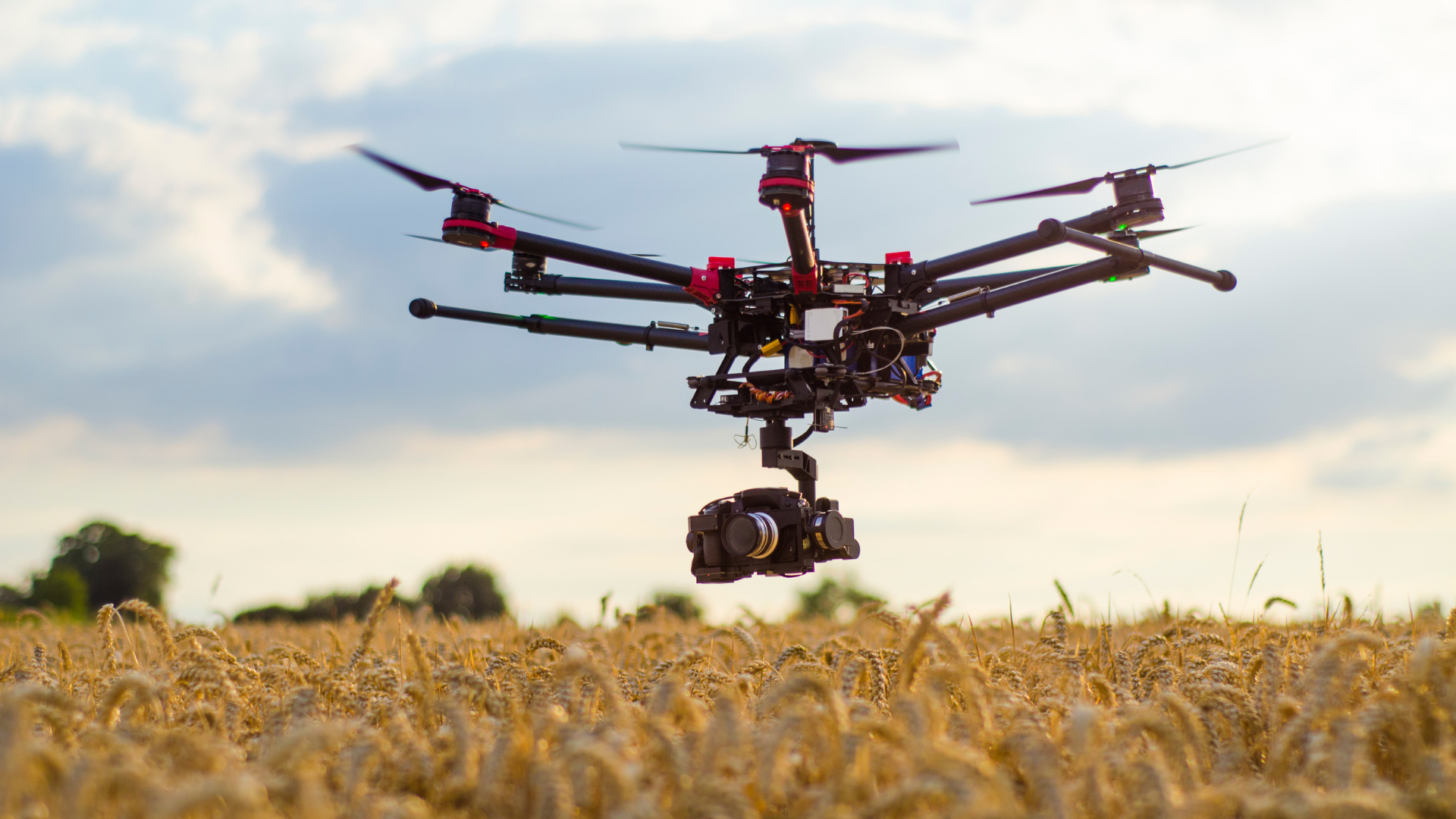As we have mentioned in previous articles, the uses of professional drones have been expanding more and more thanks to the wide range of advantages they offer. One of the most outstanding features of drones is that they allow to adapt different elements to improve their performance, and multispectral cameras are an important part of these components.
In this article we will explain what a spectral camera is and how it works, and its different uses and applications for drones.
What is a multispectral camera?
As its name suggests, it is a type of camera that has the ability to capture different spectra or images beyond the range visible to the human eye. This is because they can detect radiation in different wavelengths or spectral bands, such as near infrared (NIR), mid-infrared (MIR) or thermal infrared (TIR).
How do multispectral cameras work?
Multispectral cameras work by using specialized sensors that can detect radiation in different bands of the electromagnetic spectrum. The multispectral sensor is composed of several pixels sensitive to different wavelengths, meaning that each pixel is designed to detect the amount of radiation in a specific band of the spectrum.
Because each pixel records different information, a variety of data can be captured and results can be obtained for specific analyses, which can be useful for a variety of purposes.
Uses of multispectral cameras on drones
Multispectral cameras on drones are used for a wide range of applications, including the following:
- Precision agriculture: these cameras are valuable tools for assessing crop health, detecting diseases, pests and nutritional deficiencies.
- Environmental monitoring or remote sensing: multispectral cameras help in monitoring water quality, detecting oil spills and assessing vegetation in hard-to-reach areas.
- Mapping and surveying: these cameras are useful for creating detailed maps and generating high-resolution three-dimensional models, so they are highly used in drone surveying.
- Fire detection: multispectral cameras can detect heat emitted by fires, analyze near-infrared smoke characteristics, calculate vegetation indices to identify affected areas, and generate thermal and fire spread maps. This has made firefighting drones a fundamental tool for prevention.
- Security and surveillance: drones with multispectral cameras provide a more complete and accurate view, allowing the detection of hidden objects and the identification of potential risks.
Multispectral camera for precision agriculture
Precision agriculture is one of the most relevant uses for drones with multispectral cameras. By having a multispectral camera for environment and agriculture, they offer farmers the ability to manage their crops, soil, fertilizer and irrigation more efficiently.
Benefits of multispectral camera use
Drones in agriculture with spectral cameras are a valuable tool for farmers in making the right decisions in the management of their crops, as they offer the following benefits:
- They allow detecting pests, diseases, nutritional deficiencies and other conditions that could affect plant health.
- They provide accurate information on each stage of the crop, to adjust fertilizer and pesticide applications more precisely, identify areas of water stress and improve irrigation efficiency.
- They are ideal for managing plant distribution and evaluating crop yield.
- They help reduce chemical use, water wastage and at the same time increase crop yields.
- Thanks to their efficient results, you can save time, money and reduce the use of pesticides.
Differences between multispectral camera and thermographic camera
Multispectral cameras and thermographic cameras are two types of cameras used for different purposes, so the main difference between them is the type of information they capture.
A multispectral camera captures images in different bands of the light spectrum, beyond what our eyes can see. This means that it can capture information in colors that we cannot normally perceive.
On the other hand, a thermal imaging camera captures infrared radiation emitted by objects. This makes it possible to visualize temperature differences and create thermal images.
Becoming a professional drone pilot with a multispectral camera
At UMILES University we give you the opportunity to train professionally through our complete drone pilot course, but you can also specialize through the course of precision agriculture with drones, so you can master everything related to the use of drones and their various components, such as multispectral cameras that have become essential elements for this field of application.

Leave a Reply